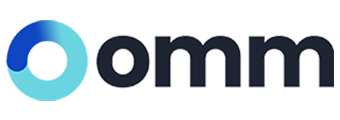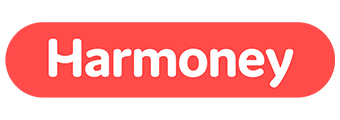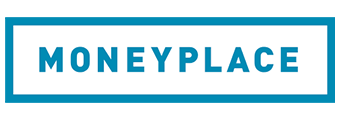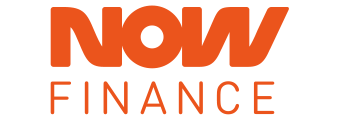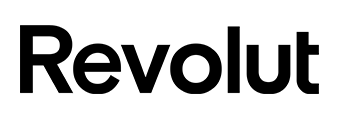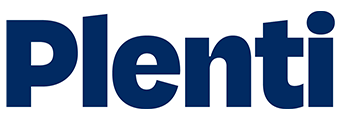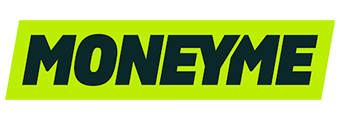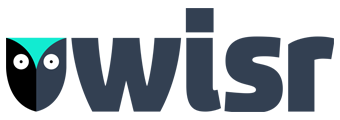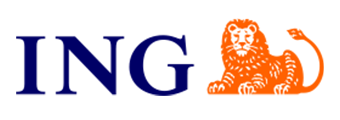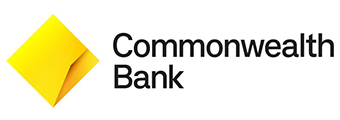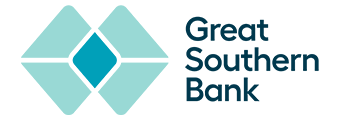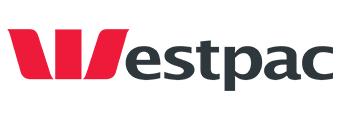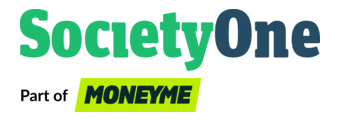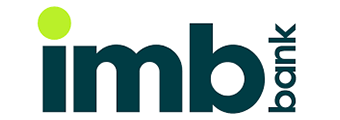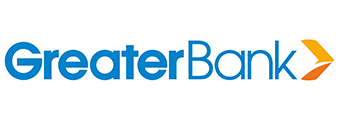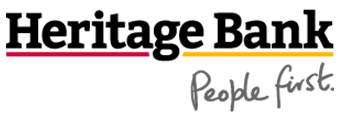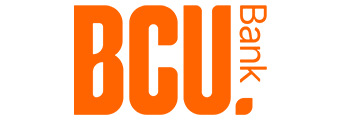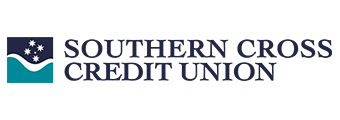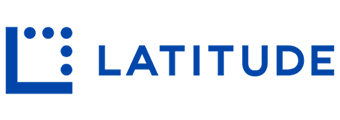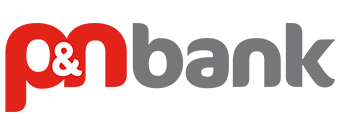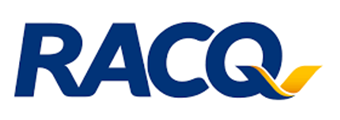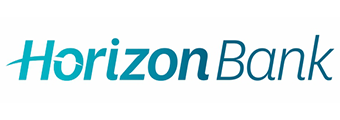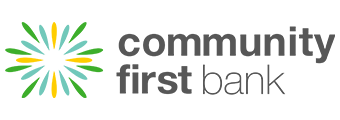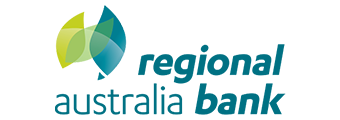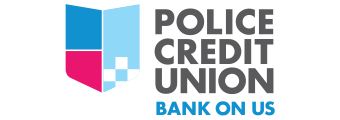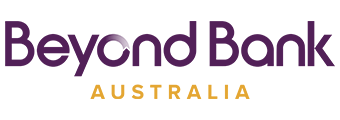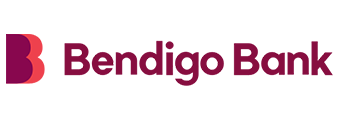Fact Checked
| Lender | Car Loan | Interest Rate | Comparison Rate* | Monthly Repayment | Interest Type | Secured Type | Early Exit Fee | Ongoing Fee | Upfront Fee | Total Repayment | Early Repayment | Instant Approval | Online Application | Tags | Features | Link | Compare | Promoted Product | Disclosure |
|---|---|---|---|---|---|---|---|---|---|---|---|---|---|---|---|---|---|---|---|
6.28% p.a. | 6.28% p.a. | $389 | Fixed | Unsecured | – | $0 | $0 | $23,356 |
| Promoted | Disclosure | ||||||||
5.76% p.a. | 5.76% p.a. | $384 | Fixed | Unsecured | $0 | $0 | $275 | $23,066 |
| Promoted | Disclosure | ||||||||
6.30% p.a. | 6.30% p.a. | $389 | Fixed | Unsecured | $0 | $0 | $0 | $23,367 | |||||||||||
6.45% p.a. | 6.45% p.a. | $391 | Fixed | Unsecured | $0 | $0 | $0 | $23,451 | |||||||||||
6.56% p.a. | 6.56% p.a. | $392 | Fixed | Unsecured | – | $594 | $0 | $23,513 | |||||||||||
6.28% p.a. | 6.28% p.a. | $389 | Fixed | Unsecured | $0 | $0 | $345 | $23,356 | |||||||||||
5.99% p.a. | 6.70% p.a. | $387 | Variable | Unsecured | – | $10 | $495 | $23,194 | |||||||||||
6.74% p.a. | 7.57% p.a. | $394 | Fixed | Unsecured | $0 | $0 | $595 | $23,615 | |||||||||||
6.45% p.a. | 6.45% p.a. | $391 | Fixed | Unsecured | – | $0 | $0 | $23,451 | |||||||||||
6.89% p.a. | 7.17% p.a. | $395 | Fixed | Unsecured | – | $0 | $199 | $23,699 | |||||||||||
7.49% p.a. | 8.18% p.a. | $401 | Fixed | Unsecured | $300 | $10 | $150 | $24,040 | |||||||||||
7.75% p.a. | 9.15% p.a. | $403 | Fixed | Unsecured | $0 | $15 | $0 | $24,188 |
Frequently Asked Questions
The time it takes to get an unsecured personal loan can vary depending on the lender, and the amount of time the application process takes. Generally, online lenders can provide funds anywhere from 24 hours to a couple of days if your application contains no hiccups.
You can apply for an unsecured personal loan through a number of channels, either online through a specific bank or lender or by visiting a branch.
There are a number of fees you may find apply to your unsecured personal loan:
- Upfront application fee
- Establishment fee
- Monthly fees
- Late repayment fees
- Extra repayment fees
- Early repayment fees
- Redraw fees
You may find that some, all, or different fees apply to your personal loan. Be sure to check your loan contract thoroughly before signing to have an accurate understanding of the potential fees, or speak with your lender.
In most cases, yes, but there may be fees involved. Each lender is different so you should check your loan contract or with your lender to find out.
Eligibility criteria will vary between lenders. Some lenders may have credit score requirements, and others may have specific employment requirements. Generally speaking, you will find the following criteria applies:
- You must be at least 18 years old
- You must be an Australian citizen or permanent resident
- You must have proof of permanent, regular income
You may find that a credit card could be helpful if you are in need of some small bursts of cash over a period of time. However, credit cards can often have higher interest rates than personal loans, so it’s important to weigh up all your options carefully. Similarly, you may also wish to consider a personal line of credit.
If you default on your unsecured personal loan, your lender will likely report this information to one or a number of Australia’s credit reporting bureaus. This will be recorded and reflected in your credit score, which could make securing finance in the future more difficult.
The lender also may instigate court proceedings against you and you’ll likely be liable for its court expenses on top of the debt you owed. The court may mandate that the lender can collect any wages you earn until the debt is repaid, or force you to sell assets. If you are experiencing financial difficulty, be sure to speak with your lender about it.

